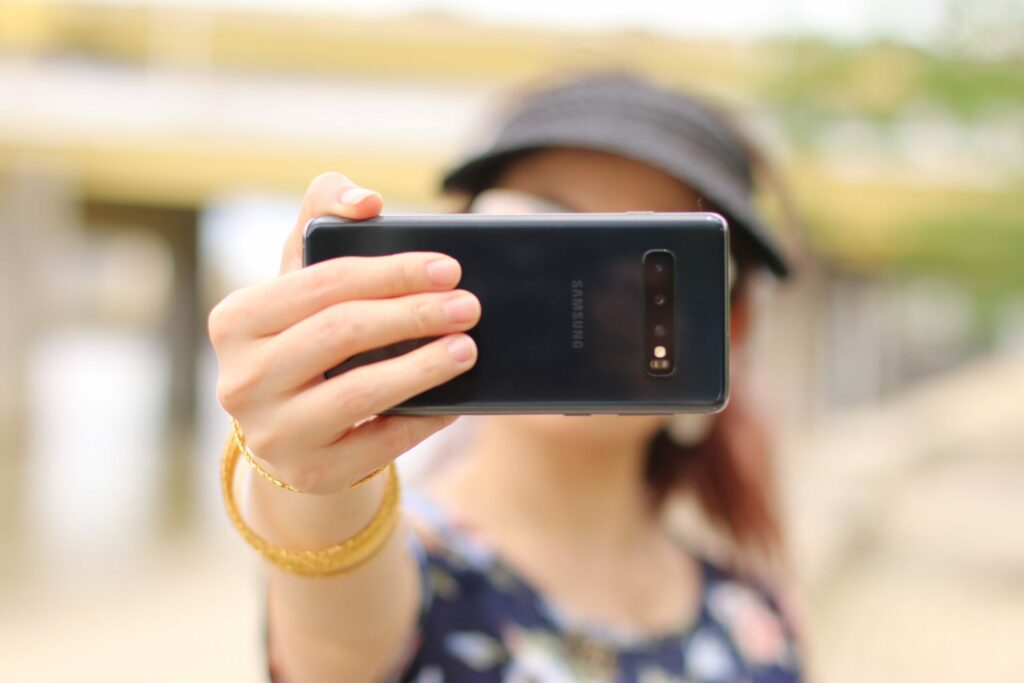
Faith enjoyed making short videos when she visited her project. Sometimes they were memos to herself about what she learned that day. But often, the videos were her way of capturing the challenges the project faced and the steps they took to solve them. In formal speak, she was videoing the innovation and problem solving process her team went through.
As she did more and more videos the quality of them improved. She would often share them with her team and colleagues in other organisations. And people loved them. Partly because they knew some of the people and places, but also because they could learn from them.
Faith asked her organisation if she could post them on their website. No, they were not branded or polished enough. And they were too specific. But they could send a communicator with her to work on a script, ensure branding was done, and on and on. ‘No thanks’ thought Faith.
In the end, Faith created a free website and starting sharing the videos on it inviting her team and colleagues to visit the site.
Most organisations view their brand as their most important asset. So they try to guard it fervently. All content is carefully scripted, branded. This happens too with staff learning and development. This is a curated approved list.
This makes sense.
Mostly.
But has a negative side.
The unintended consequence of this approach is that it tends reduce creativity and informal learning. Faith had great videos to share. In her network, she became an influencer, a teacher. Outside her organisation. Inside her organisation, most people didn’t know about her and were not benefiting from her learning. There was no space to sharing her videos. And she was scared to. Scared that if she did share something inside her organisation, she would be told to stop because it was branded or high quality enough or the official line of the organisation.
Organisations have the opportunity to create spaces for their staff to share with each other. Peer to peer learning. An opportunity to foster raw creativity and informal learning. And yes, 99% of the content won’t be watched or read. Only 1% will have an audience, be scalable and have a long term an impact.
But here’s the thing. We can’t find the 1% without having the 99%. And this might be the most important part, those creating the content and sharing will feel heard, will feel like they matter, they are valued. That this is possible for me, not just the polished communicators. And that might just be the most important thing we learn.
Opening up our platforms to others can be scary and feel risky. Do it anyway.
The choice is up to us.

0 Comments